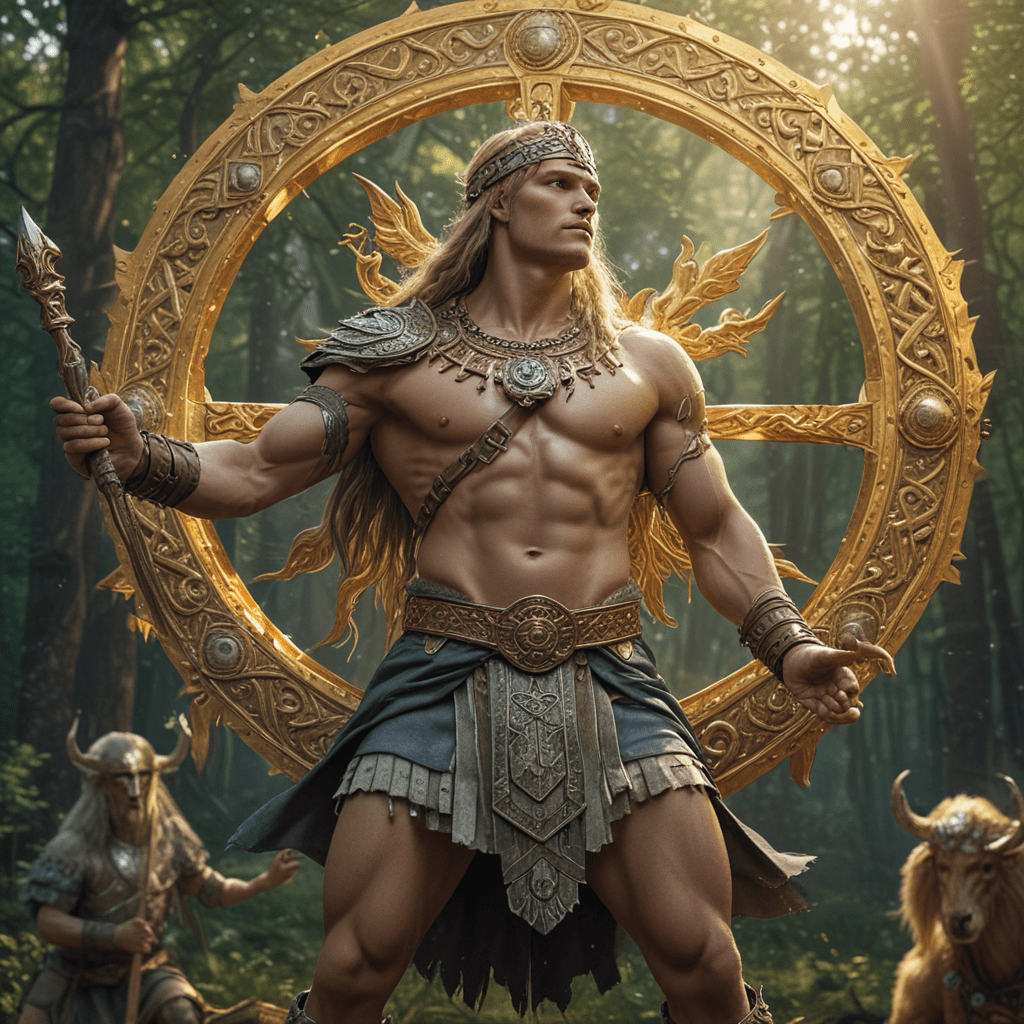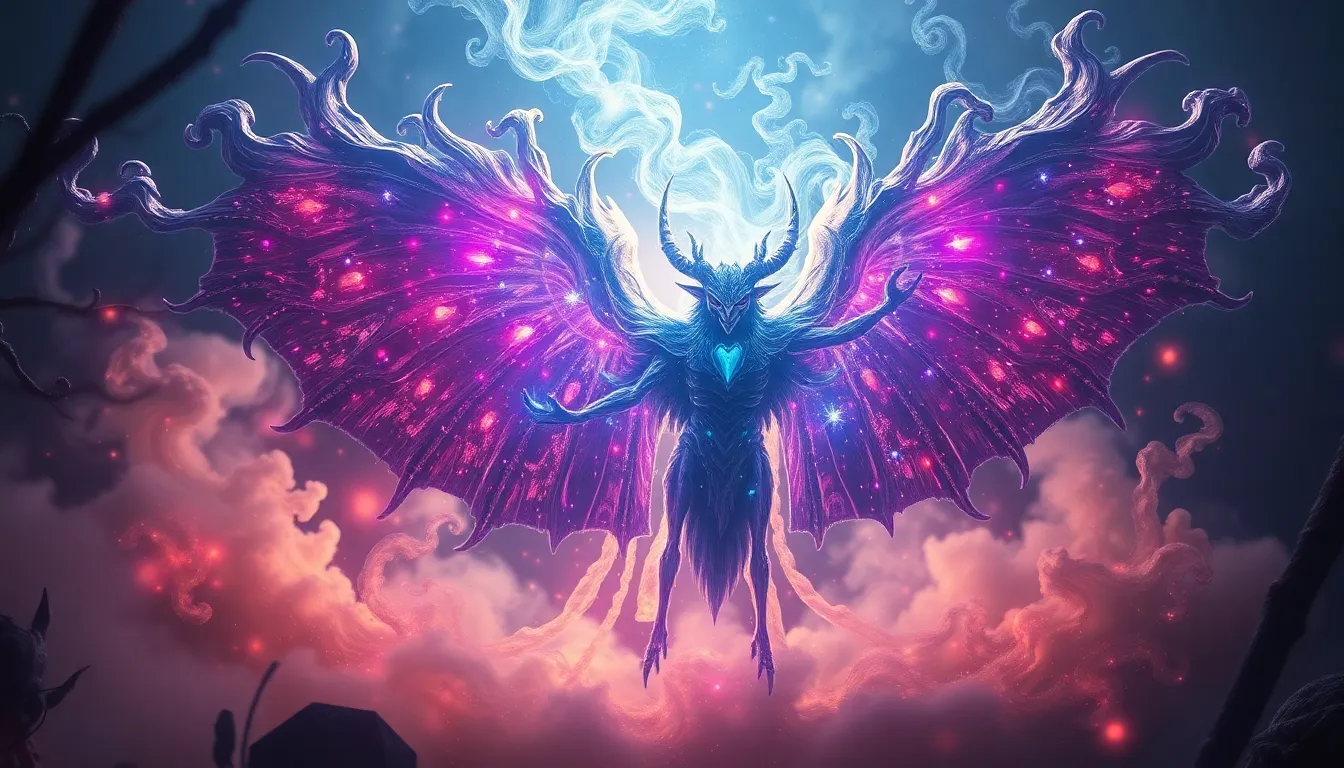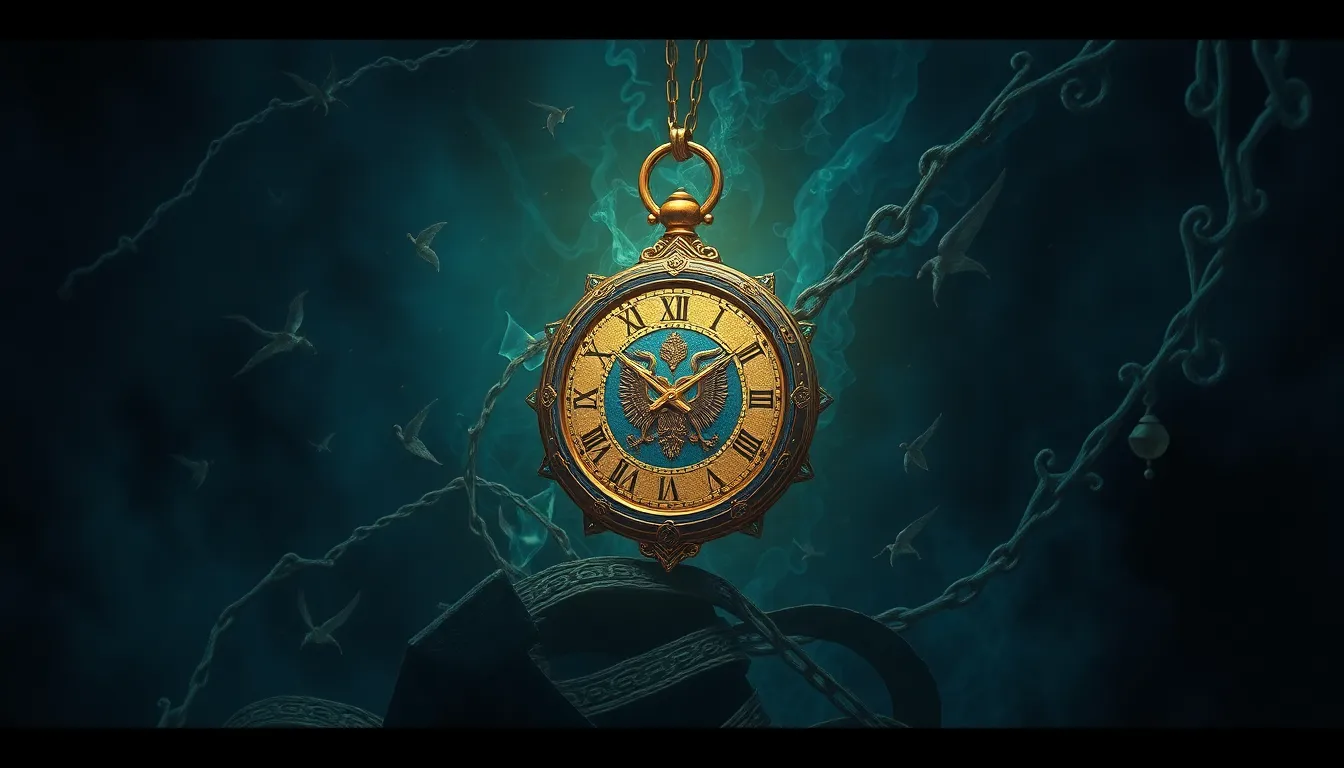Slavic Mythology: The Power of Transformation
Slavic mythology is a rich tapestry of beliefs and practices that have been passed down through generations. One of the most enduring and fascinating aspects of Slavic mythology is the power of transformation. The ability to change one's shape or form has always been seen as a potent force, and it plays a central role in many Slavic myths and legends.
The Concept of Transformation in Slavic Mythology
In Slavic mythology, transformation is not simply a physical change but a profound and multifaceted process. It can represent a change in one's identity, status, or even destiny. Transformation can be voluntary or involuntary, and it can be brought about by a variety of means, including magic, rituals, or the intervention of supernatural beings.
The Role of Shapeshifting
Shapeshifting is one of the most common forms of transformation in Slavic mythology. Many creatures, both mythological and real, are said to possess the ability to change their shape at will. Animals, birds, and even inanimate objects can transform into humans, and vice versa. Shapeshifting can be used for a variety of purposes, including disguise, trickery, or even self-protection.
Animal to Human Transformations
Animal-to-human transformations are a common theme in Slavic mythology. Many animal characters are said to have the ability to take on human form, often for the purpose of interacting with humans or playing tricks on them. For example, the fox is often depicted as a cunning and mischievous creature that can transform itself into a human in order to steal food or outwit its enemies.
Human to Animal Transformations
Human-to-animal transformations are also common in Slavic mythology. In some cases, humans are said to have been transformed into animals as a punishment for their sins or as a result of a curse. In other cases, humans may choose to transform themselves into animals in order to gain special powers or abilities. For example, the bear is often seen as a symbol of strength and courage, and some Slavic warriors were said to have the ability to transform themselves into bears in order to gain these qualities.
VI. The Rituals and Beliefs Surrounding Transformation
Transformation was not only a mythological concept in Slavic culture but also a deeply rooted belief and practice. Many rituals and ceremonies were performed to facilitate or prevent transformation. For instance, during the Kupala Night festival, people would jump over bonfires to protect themselves from evil spirits and ensure good fortune. Additionally, amulets and charms were often worn to ward off malevolent forces capable of causing unwanted transformations.
VII. Transformation in Myths and Legends
Slavic mythology is replete with tales of transformation. One of the most famous is the story of Baba Yaga, the witch who lives in a hut that stands on chicken legs and can transform herself into various animals. Another well-known tale is that of the Firebird, a magical bird that can grant wishes and transform itself into a human. These myths and legends showcase the power of transformation and its role in Slavic folklore.
VIII. The Psychological and Cultural Significance of Transformation
The concept of transformation in Slavic mythology has deep psychological and cultural significance. It represents the fluidity and interconnectedness of all things in the universe. Transformation can symbolize personal growth, change, and the ability to overcome obstacles. In Slavic culture, embracing transformation and adaptability was seen as essential for survival and success.
IX. Transformation and Identity in Slavic Culture
Transformation played a crucial role in shaping Slavic identity and worldview. The ability to change one's form allowed for flexibility and resilience in a world often characterized by adversity. It also contributed to a sense of unity and interconnectedness among all living beings, as humans and animals were seen as capable of transforming into each other.
X. The Legacy of Slavic Transformation Myths
Slavic transformation myths have left a lasting legacy in the region's folklore, literature, and art. They continue to be told and retold, reminding people of the power of change and the importance of adaptability. These myths have also influenced modern-day Slavic cultures, where the concept of transformation remains a vital part of the collective psyche.
FAQs
What is the most common form of transformation in Slavic mythology?
Shapeshifting is the most common form of transformation in Slavic mythology, where creatures and beings can change their form at will.
Why is transformation so important in Slavic mythology?
Transformation represents personal growth, change, and the ability to overcome obstacles. It also symbolizes the fluidity and interconnectedness of all things in the universe.
How did transformation rituals play a role in Slavic culture?
Transformation rituals and ceremonies were performed to facilitate or prevent transformation, protect against evil spirits, and ensure good fortune.
How have Slavic transformation myths influenced modern Slavic culture?
Slavic transformation myths have influenced modern Slavic cultures, where the concept of transformation remains a vital part of the collective psyche. These myths are still told and retold today, reminding people of the power of change and adaptability.




